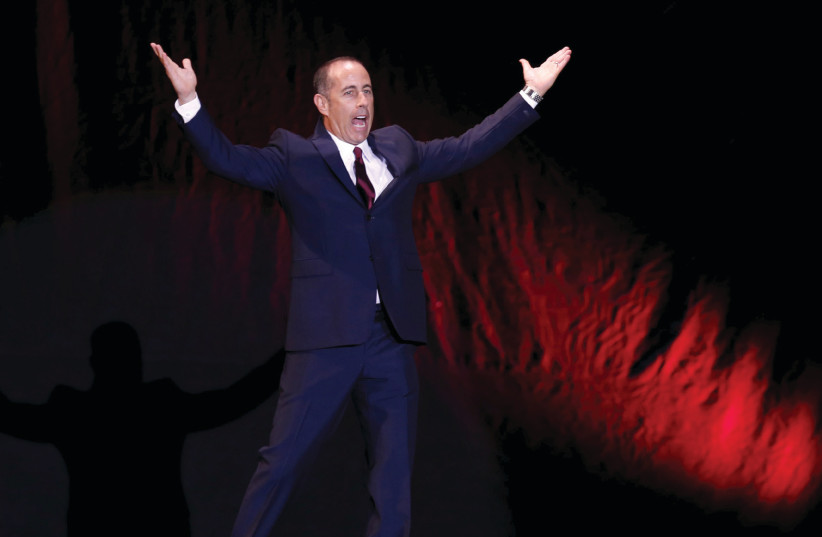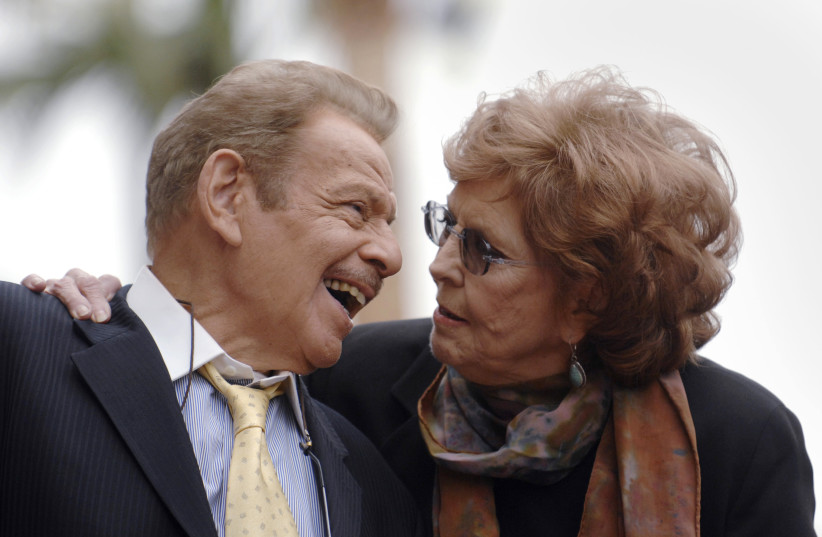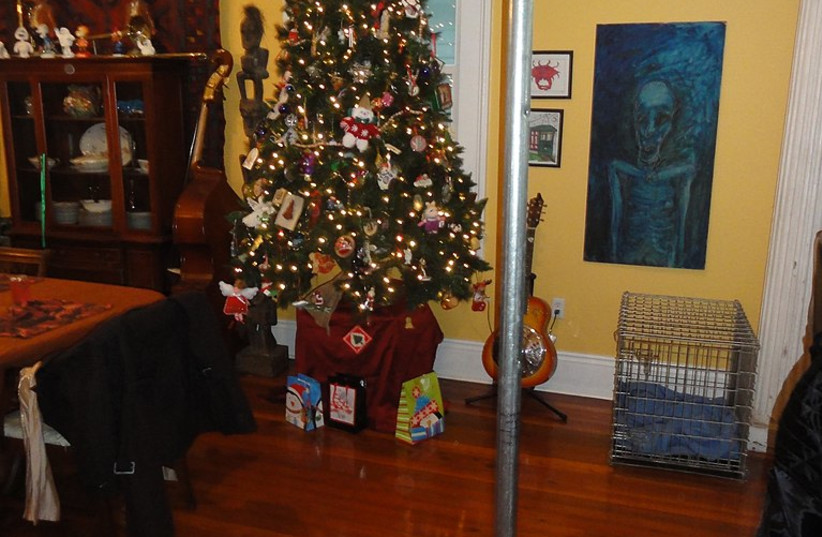December 23 marks the annual holiday of Festivus, a famous cultural and secular phenomenon celebrated yearly as an alternative to Christmas, made famous through the popular sitcom series Seinfeld.
But what is the history of this holiday in the 24 years since its creation, and what are the traditions and practices that are honored in this most sacred of holidays?
Here is everything you need to know about Festivus, the holiday for the rest of us.
History
Most tend to trace the origins of this winter holiday to Seinfeld, the popular sitcom focusing on Jewish-American comedian Jerry Seinfeld and his friends doing absolutely nothing in New York. Some scholars may even point to the specific year, season and episode that sparked this holiday into the collective consciousness of humanity.
But what if I told you that its origins were, in fact, far deeper than that? What if I told you they went back thousands of years?
Well, they don't, but they do go back to at least 1966.
The holiday was created back in the 60s by American author Daniel O'Keefe. According to lore, the holiday was made to commemorate the first date with his wife three years prior. The famous tagline, "A Festivus for the Rest of Us," was a family Festivus motto of sorts, started after the death of Daniel's mother.
The secrets to the origins of Festivus were shared years later by Daniel's son, Dan O'Keefe, who became a TV writer.
While this was not the only strange holiday the family came up with - another notable one being "The Polish Hour," as noted by the younger O'Keefe in an interview with The Washington Post – Festivus would truly be the one to make its mark.
The younger O'Keefe became a writer for Seinfeld and was able to bring his family traditions into the series.
And so it was that in 1997 in "The Strike," the 10th episode of the ninth and final season of Seinfeld, that the holiday made its TV debut and transformed from a niche and quirky family tradition and into a cultural phenomenon.
The episode in question showed the holiday brought forth by Frank Costanza (played by Jewish comedian Jerry Stiller).
It was this episode, too, that popularized some of the main traditions, phrases and observances related to the holiday, most crucially among them being the date it is celebrated on, December 23, as according to O'Keefe, his family would just do it whenever they wanted.
Traditions
The sacred traditions of the Festivus holiday are many in number, but a few core tenants are nearly universal.
The first important tradition is the Festivus pole, an aluminum pole devoid of all tinsel and decorations that has a high strength-to-weight ratio. This was a creation of the show, not of the original O'Keefe celebrations, which instead nailed a bag with a clock inside of it to the wall.
These poles exist today and have been created and sold to be used by fans around the world.
In fact, Milwaukee firm Wagner Metal Works actually began making these poles, even owning the copyright to the term itself.
A pole can also be seen in the Wisconsin state capitol.
Even Google gets in on the Festivus fun, showing a long metal Festivus pole on the left side of their website when one searches Festivus.
But the next traditional practice observed on Festivus is, of course, the Festivus dinner. After all, no winter holiday would be complete without one.
The dinner's food isn't very important (though at one point, a California prisoner was able to get kosher food after citing his religious belief in Festivus), but what is important is the next tradition: the Airing of Grievances.
"I got a lotta problems with you people, and now you're going to hear about it!" Frank Costanza famously says in the Seinfeld episode, kicking off the iconic practice.
This tradition sees each person present verbally attacking their friends, family and essentially the entire world to make it clear just how much of a disappointment they have all been.
Finally, there is the final tradition: Feats of Strength.
This tradition sees those present at the Festivus festivities engaging in one-on-one combat with the head of the household to the bitter end - the end, in this case, being when the head of the household is pinned down, as the holiday cannot end without it. This combat normally takes the form of wrestling.
Legacy
Since its arrival into the cultural consciousness of humanity, the holiday has been practiced by many around the world.
But its importance is far from just limited to emulating a Seinfeld episode.
Rather, the holiday itself is a secularized observance that runs in contrast to the ostentatiousness of the Christmas season, and it can appeal to Jews who never quite fit in come Christmastime.
In that sense, Festivus is truly "for the rest of us."



